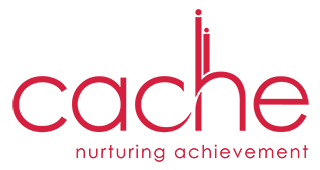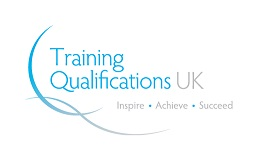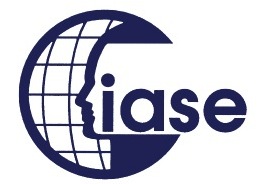Visual Aids are Effective for Teachers with Special Education Knowledge
7th December 2018

Children are the beauties of this world. So to engage with them would require you to collaborate with some special education teaching knowledge. This is more because every child, irrespective of their gender needs is different. Differences are primarily reasoned in terms of their individual pace to learn, act or respond to the lessons they are being taught. Therefore the pace of their learning would automatically need you, as a teacher to use some creative forms.
Need for special education courses for teachers
Much to the need of today’s time, the education system which turned to respond in a dynamic form would refer to the inclusive classroom setting. Now to cater to the diversified need of the classroom, where apart from the ethnic interests, children with special needs are also addressed. The idea of special education courses give emphasis to these three following points, they are:
- Create awareness about ADHD, Autism, Dyslexia, Asperger’s
- Identify possible symptoms, brief medical understanding of the issues
- Deliver some tips and tricks to aid children learn to adapt that also serve as a solution to such possible problem, either considered cognitive, hampering the learning abilities.
As a part of the learning and training process, teachers or global educators who know the importance on how to aid the learners, must consider upon the valuable techniques. In respect to the mentioned, one such teaching strategy will be the visual aids.
What are visual aids?
Basically visual aids are pictorial depiction of delivering knowledge to the kids. Such as use of maps, worksheets, photographs, diagrams related to specific topic or lesson is called to some of the mediums of visual aids. They are mostly used to aid learners, specially the hyperactive students or the inactive ones who relate to specific teaching, not just verbally but responding to the colours, sketch, shapes and others.
Take a practical plunge:
When students are able to have a look at a photograph of a well-known explorer, for instance, they’re more expected to be engaged and involved in discovering more about his contributions to history. This is similarly true for learners with special-needs, such as those on the spectrum of autism, who every so often learn visually and have more trouble being involved in a general classroom setting as expressed in the theoretical orientation as well.
Showing learners pictures can build up their knowledge and awareness of a topic. For instance, it can be hard for learners to comprehend the idea of where a place is situated simply by hearing their educator define it. Showing learners a map will increase their success. Bringing visual components into your classroom can likewise improve math and reading capacities and help learners of the English-language shape their vocabulary as well as their writing skills.
Furthermore, presenting students visual aids stimulates creativity and deeper thinking as it is in e-learning that mostly use graphics in their module. By means of visual aids, it significantly expands what types of information a teacher can communicate to her students as in the special education courses for teachers.








